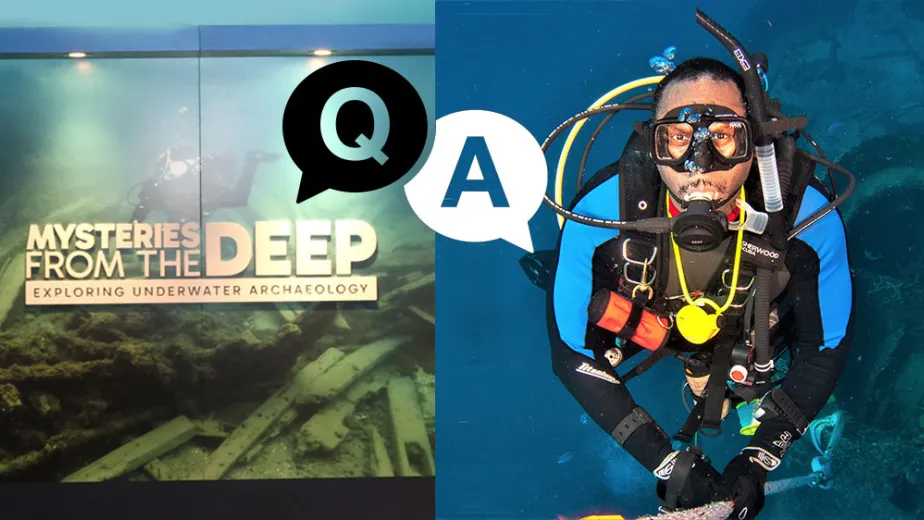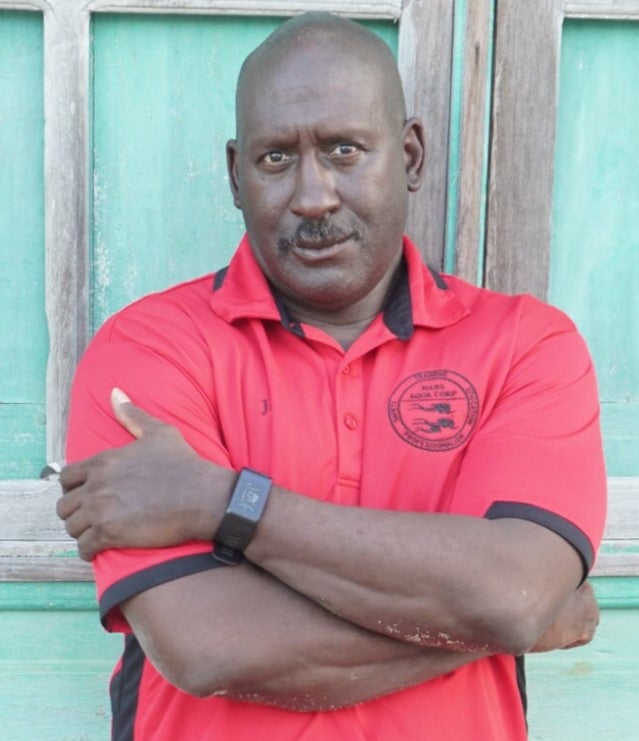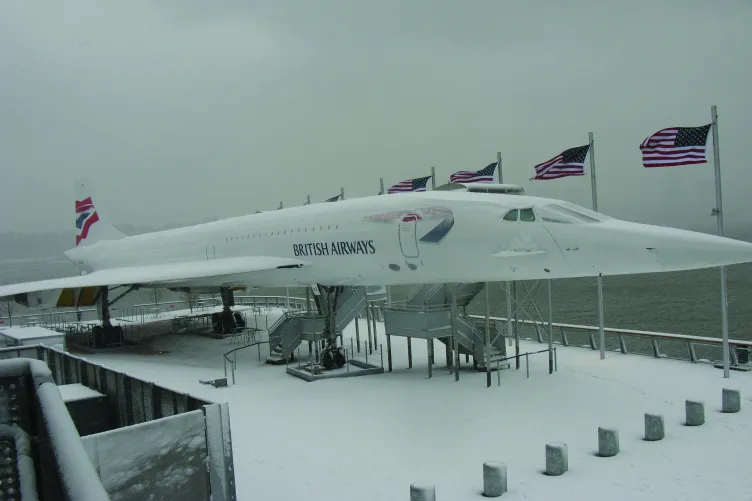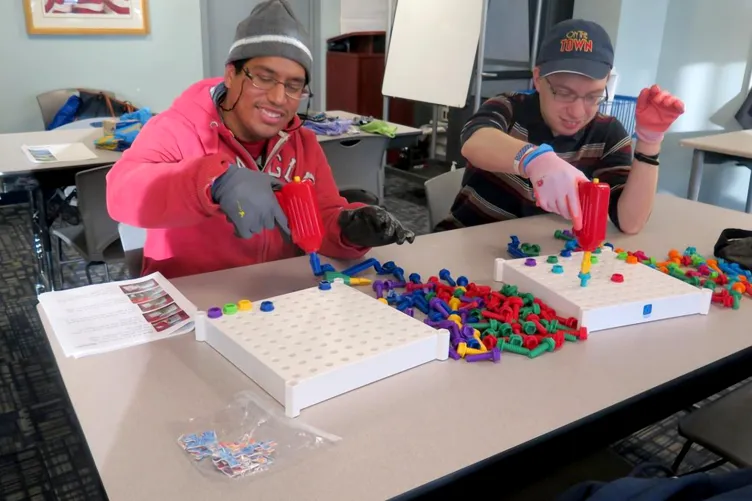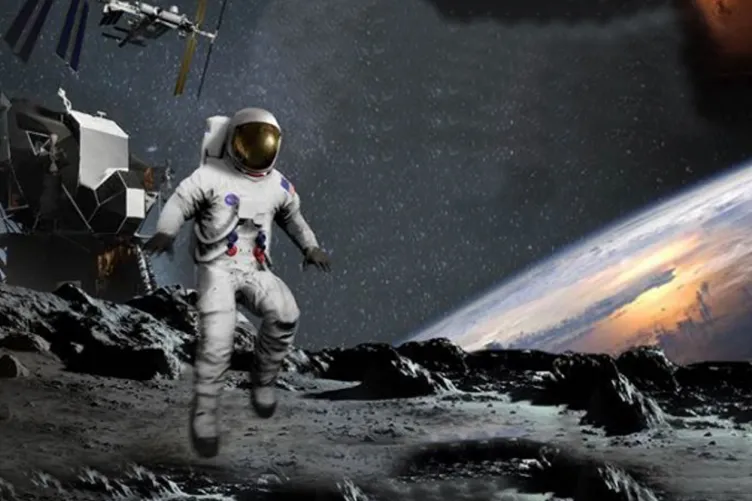
The ocean’s hidden past is coming to the surface at the Intrepid Museum’s new exhibition, Mysteries from the Deep: Exploring Underwater Archaeology. This immersive showcase invites visitors to explore the remarkable stories, science and technology behind underwater discoveries that have shaped our understanding of history.
At the heart of this exploration is Jay V. Haigler, Registered Archaeologist, Founding Board Member and Lead Instructor of Diving With a Purpose (DWP). As a leader in community-driven underwater archaeology, Jay has helped uncover and preserve submerged cultural heritage, including the poignant histories of slave ships like the Clotilda.
What first inspired you to get involved with underwater archaeology?
Actually, the person responsible for my involvement in underwater archaeology is Dr. Albert José Jones. Dr. Jones is a renowned marine biologist, educator, and scuba diver, and notably, he is the first African-American to be inducted into the International Scuba Diving Hall of Fame. He introduced me to the powerful stories of the Henrietta Marie and the Guerrero—slave ships that sank off the coast of Florida. The idea of uncovering these stories and recovering the submerged memories of such significant cultural events deeply resonated with me and sparked my passion for underwater archaeology.
Tell us about Diving with a Purpose and its mission.
Diving With a Purpose (DWP) is a community-driven nonprofit organization with a global reach, dedicated to the preservation and protection of submerged cultural heritage. DWP provides specialized training, certification, field missions, and mission support in maritime archaeology and ocean conservation, with a particular emphasis on documenting and honoring the history and contributions of the African Diaspora.
The exhibition highlights the Clotilda, the last known slave ship to arrive in the U.S. Can you share your experience working on the Clotilda project?
I was part of the team that assessed and characterized the Clotilda, the last known slave ship to bring captured Africans to the United States. Our assessment involved testing the structural integrity of the vessel, while characterization focused on identifying the ship’s physical boundaries and its orientation relative to the shoreline. This work required diving into the ship’s hull—specifically the cargo hold where 110 Africans were confined during the transatlantic journey. I am deeply honored to be one of only three African Americans known to have dived on an intact slave ship.
Can you speak to the importance of including community perspectives when uncovering and sharing submerged histories?
It is extremely important for communities to be directly involved in the discovery, exploration, and interpretation of submerged histories. These stories belong to the community, and their voices are essential in ensuring that the narratives are preserved with integrity, accuracy, and honesty. Community involvement not only grounds the work in lived experience, but also strengthens the collective ownership and stewardship of these shared histories.
The exhibition showcases cutting-edge technology like LiDAR, sonar, and AI. How have these tools changed the way you approach underwater exploration and documentation?
Cutting-edge technology has greatly enhanced the accuracy, efficiency, and effectiveness of underwater exploration and documentation. Tools such as LiDAR, photogrammetry, and sonar enable precise data collection, allowing scientists to interpret submerged histories with greater clarity and detail.
How do you think immersive exhibitions like this can inspire the next generation of underwater archaeologists and divers?
Yes, I firmly believe that immersive exhibitions have the power to inspire the next generation of underwater archaeologists and divers. Bringing the submerged environment to the surface in an accessible and engaging way is truly a game changer. These exhibitions allow people to experience the underwater world—its history, mystery, and significance—without the need for specialized training. They create meaningful connections and spark curiosity that can lead to lifelong interest and involvement in ocean exploration and preservation.
What do you hope visitors take away from this exhibition?
I hope this exhibition helps visitors understand the importance of submerged cultural histories and the many human stories woven into the underwater world.
Learn more about the exhibition and purchase tickets here.
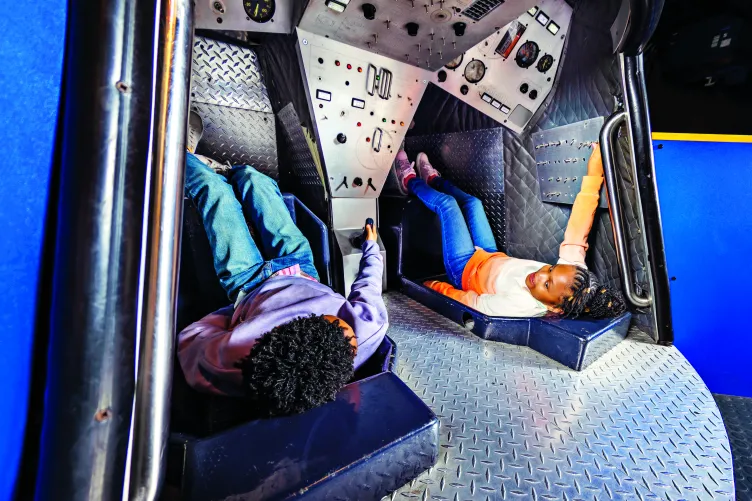
Want to visit the museum? We would love to have you! Find out all about our offerings here and plan your trip today.
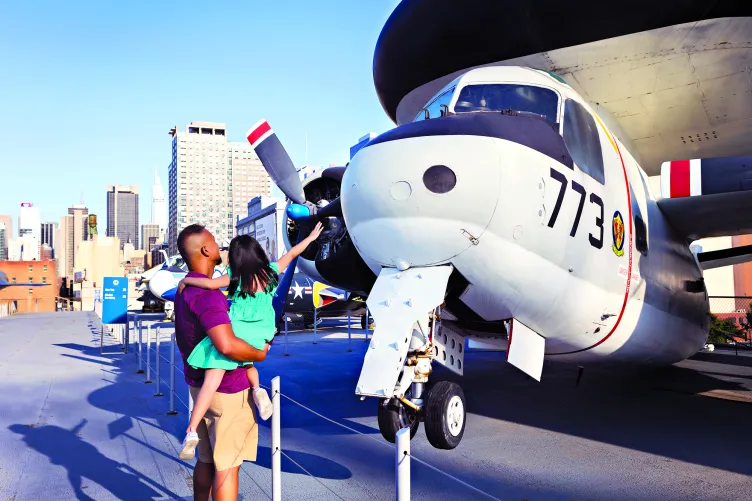
If you join our membership program you can visit the museum any time! Plus enjoy many membership perks at a discounted rate.


